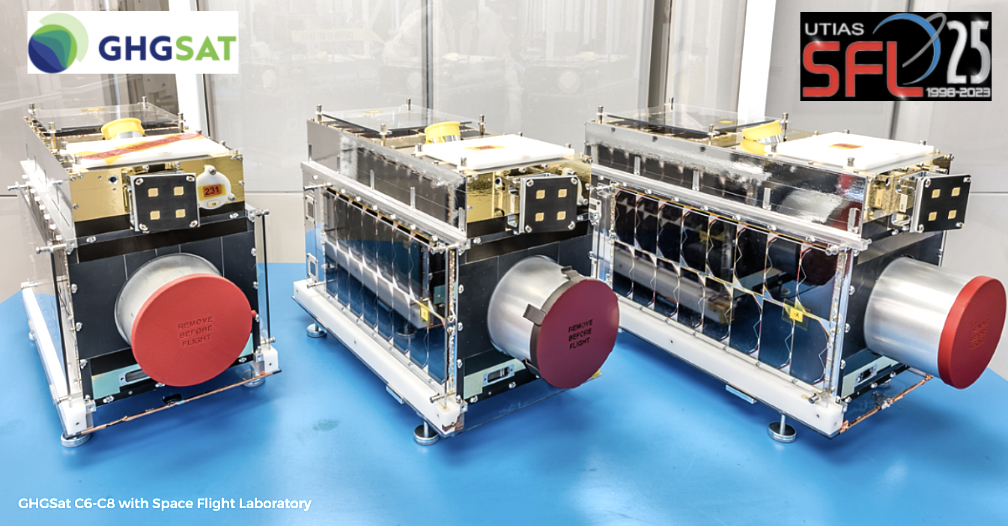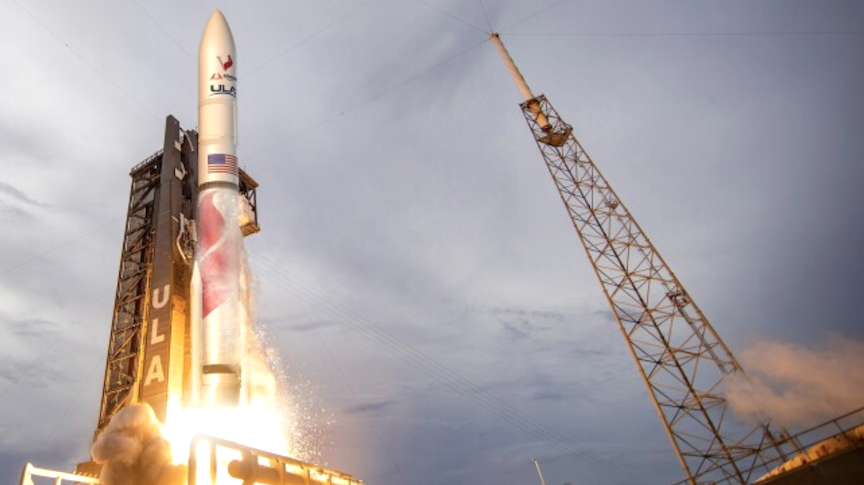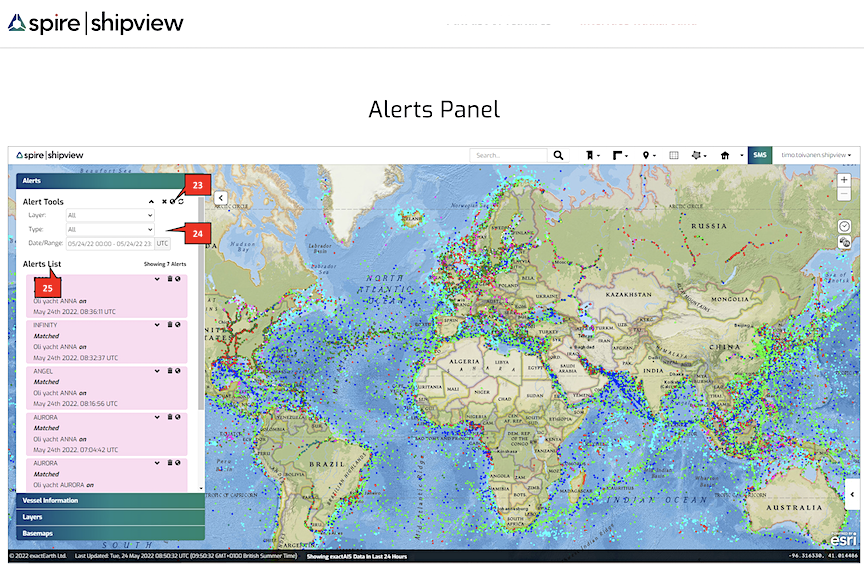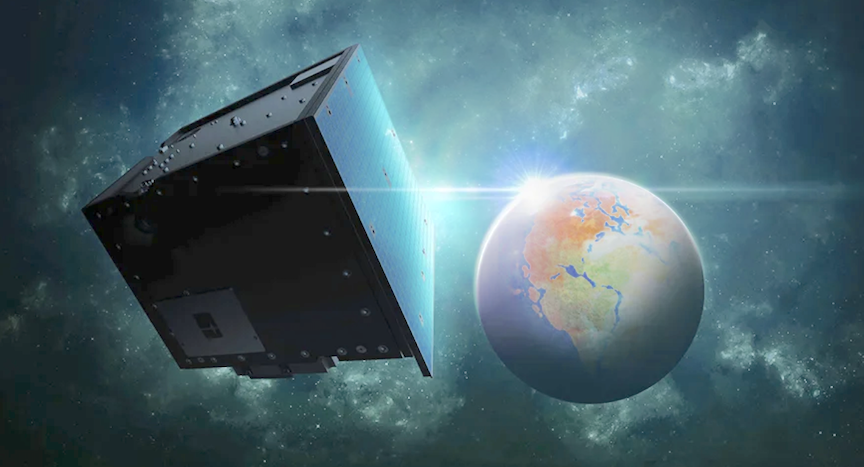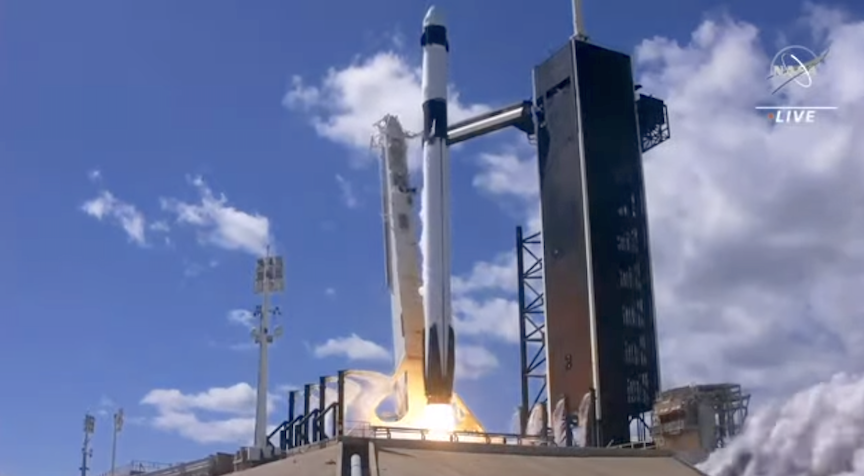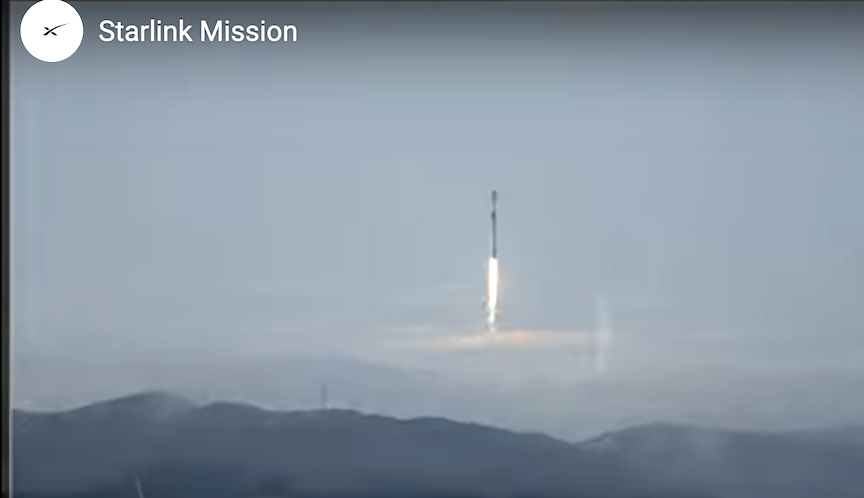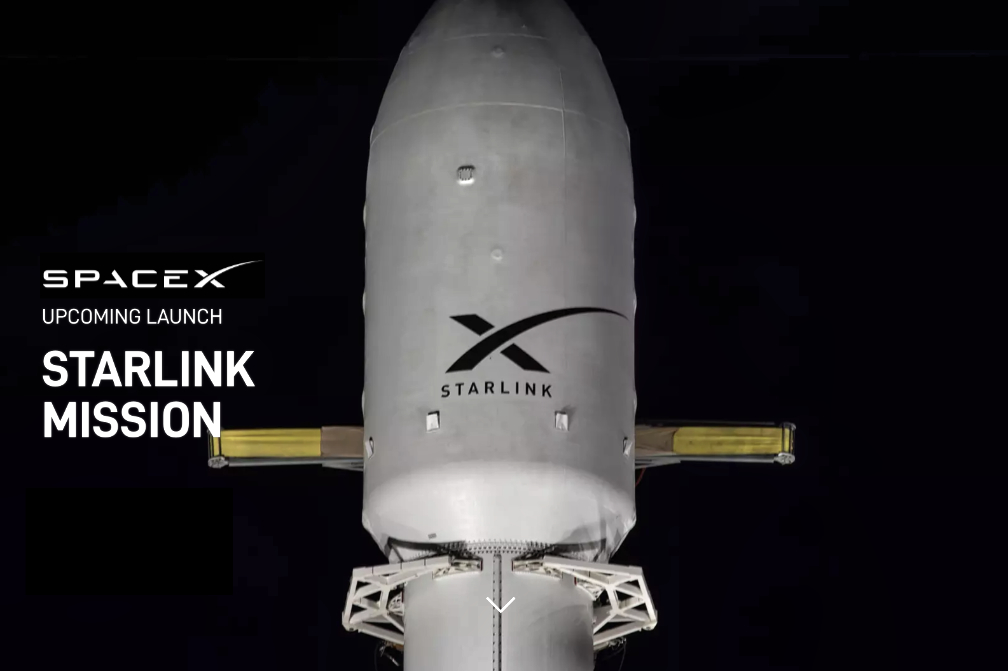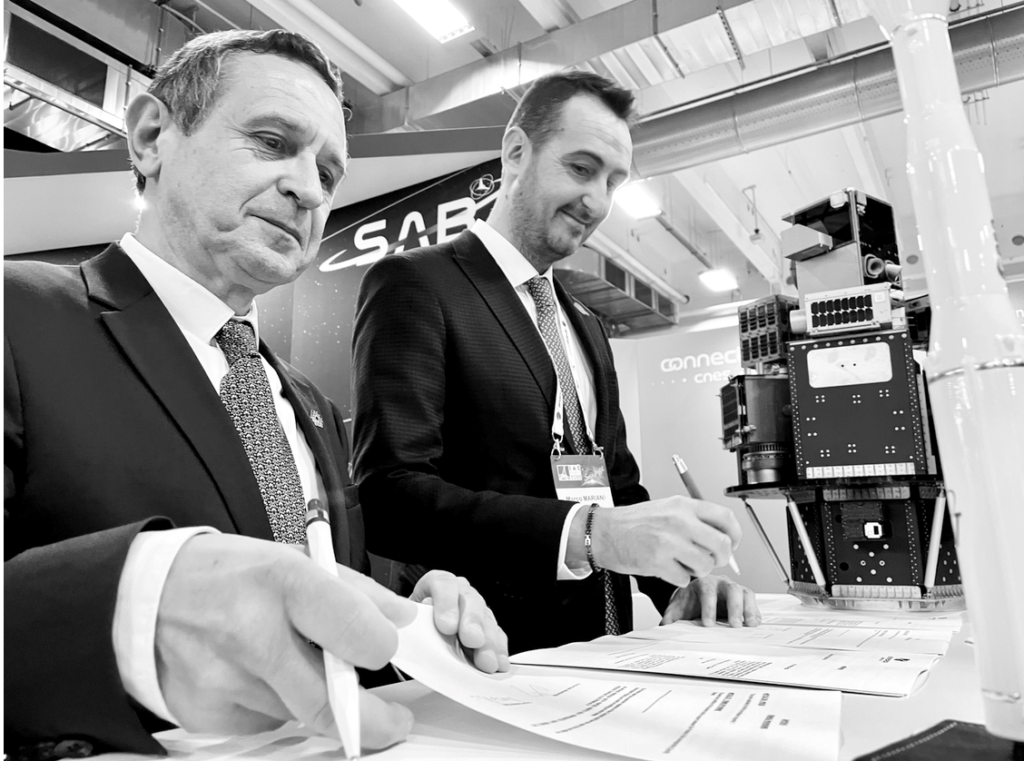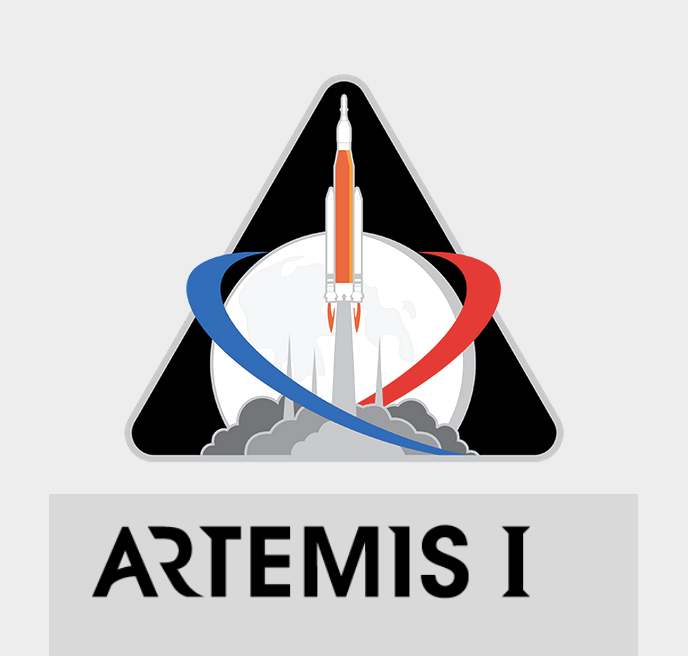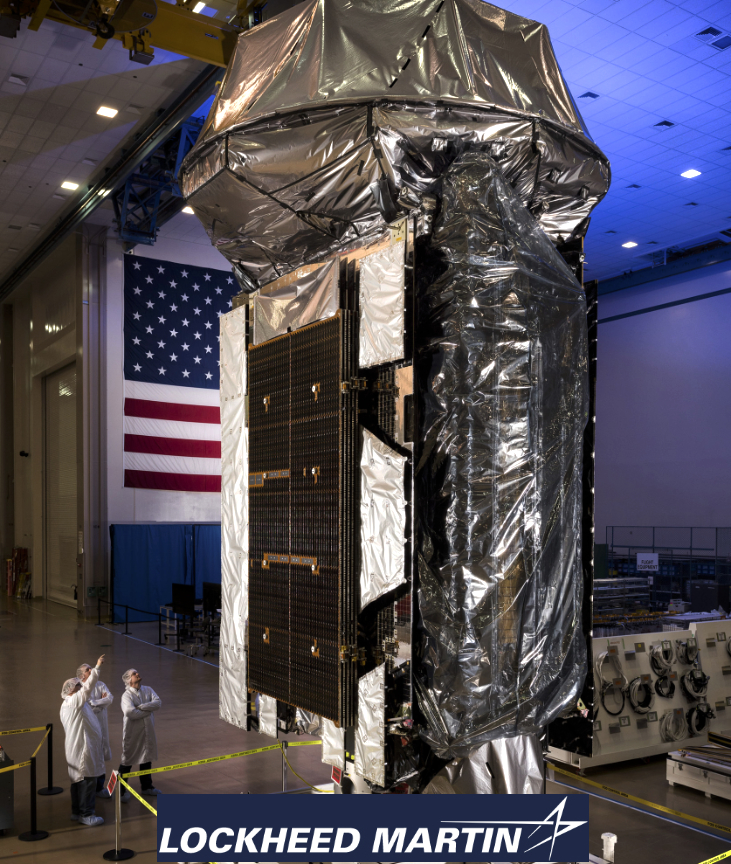
The U.S. Space Force’s Space Systems Command recently awarded Lockheed Martin [NYSE: LMT] a firm-fixed-price contract valued at $66 million for risk reduction activities and early design work in support of the Mobile User Objective System (MUOS) Service Life Extension (SLE) program.
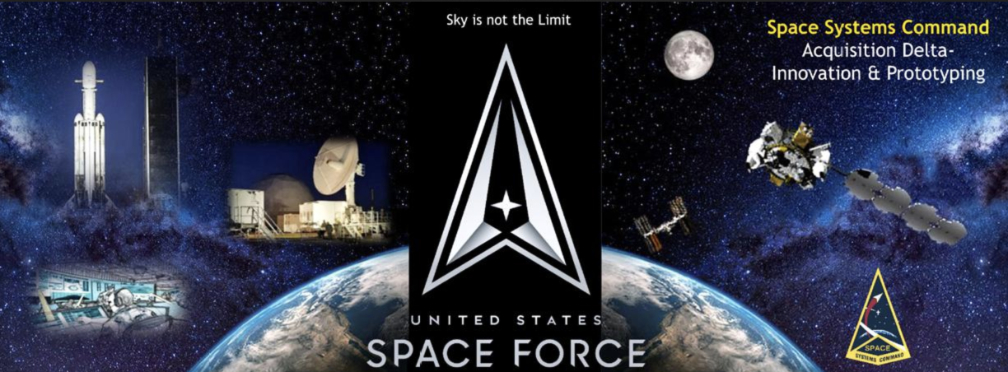
MUOS is a satellite-based network that provides the U.S. military with ultra-high frequency (UHF) voice and data communications. The MUOS constellation consists of four active satellites and one on-orbit spare, all built and operated by Lockheed Martin.The SLE program will extend this advanced capability into the 2030s by adding two more MUOS satellites to enable the continuation of four fully operational satellites, with spares supporting legacy UHF channels.
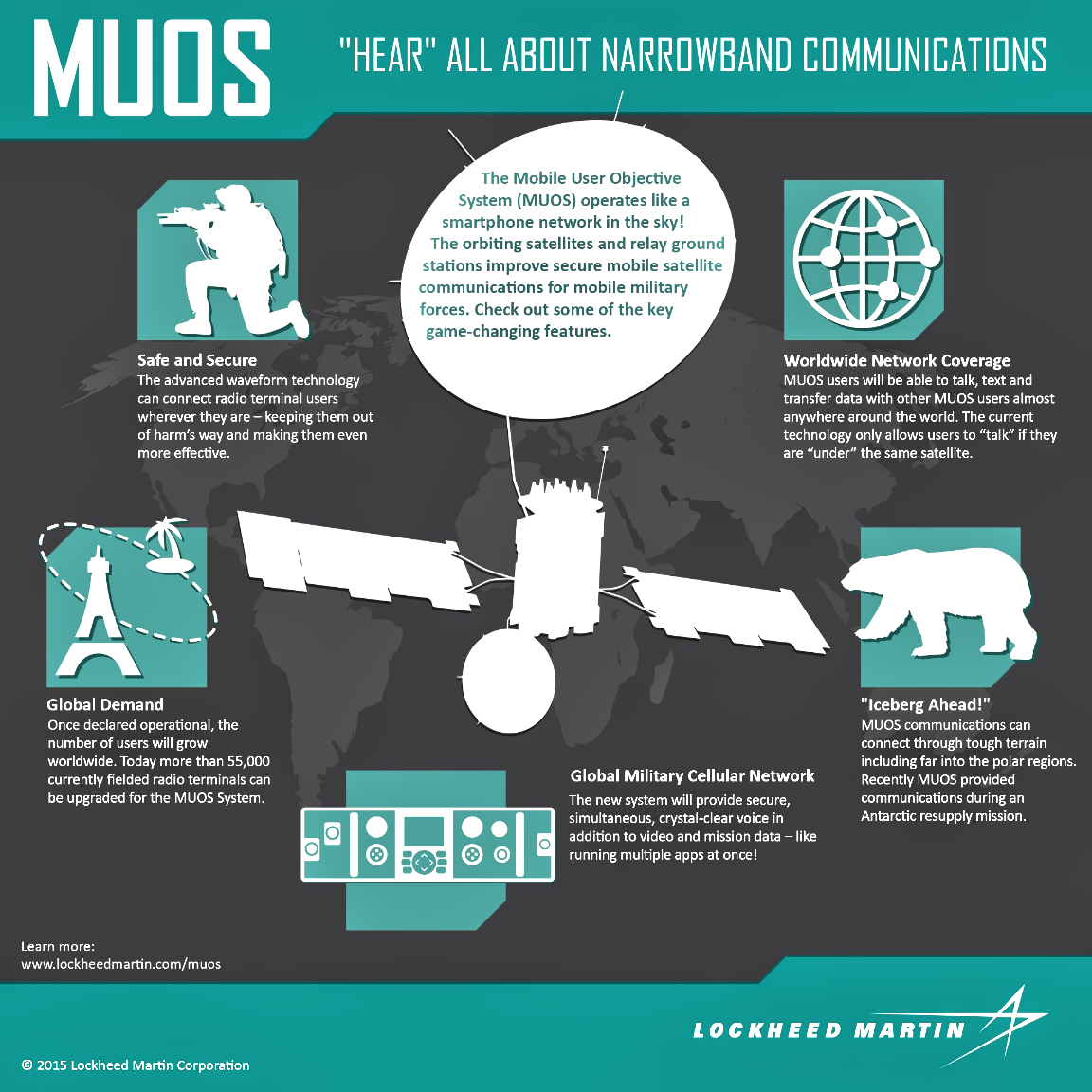
MUOS SLE Phase 1 is a one-year base period with potential for an additional six-month option. The base period is intended to reduce risks through early design activities in support of the Phase 2 acquisition for final design and production of two space vehicles. MUOS SLE Phase 2 is a separate competition for final design, production, spacecraft testing and delivery to the U.S. Space Force for launch by 2030.
MUOS provides the advanced Wideband Code Division Multiple Access (WCDMA) waveform, giving warfighters 10 times the communications capacity of the legacy UHF SATCOM system, while supporting interoperability with legacy UHF terminals. In 2017, MUOS was approved for early use and testing, including use during humanitarian response and disaster relief missions, with the system being deemed cyber-survivable and approved for use in warfighting environments in 2019 after rigorous testing.
Most recently, Canada became the first partner nation to successfully access the MUOS Narrowband Global SATCOM System, marking an important international milestone for the program.
“Lockheed Martin revolutionized military communications for mobile forces by developing MUOS, which provides simultaneous, crystal-clear voice, video and mission data that extends connections beyond line-of-sight around the world,” said Joe Rickers, Lockheed Martin Space’s vice president for Connectivity, Transport and Access missions. “This extension effort speaks to the operational effectiveness of MUOS, and as the industry leader in military satellite communications, we are eager to leverage our experience to strengthen the system and ensure the warfighter’s needs continue to be met.”

